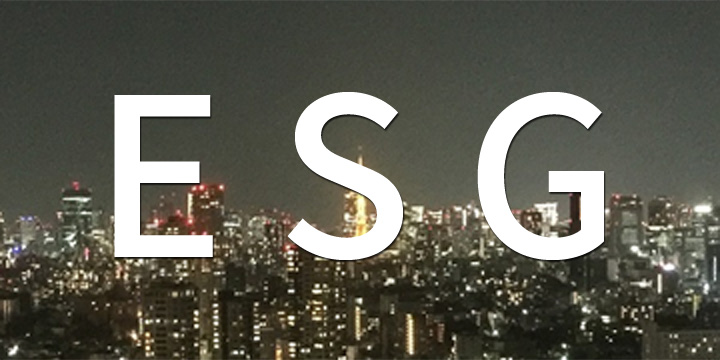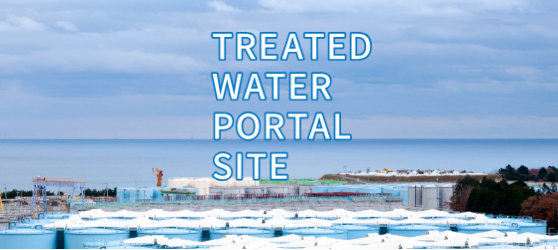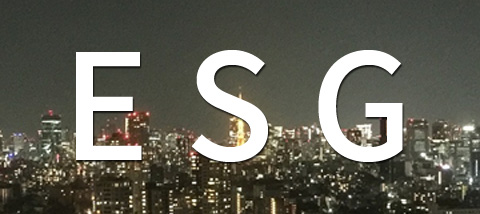Distribution Lines
Distribution
Electricity, first created at power stations and then transmitted via transmission lines to substations near consuming areas, is then finally delivered to our customers via power lines called distribution lines.
Distribution lines consist of "overhead distribution lines" (power lines hung on utility poles) and "underground distribution lines" (cables buried in the ground). Although the majority of distribution lines are overhead lines, the amount of underground distribution lines has been growing in the center of Tokyo.
Distribution lines are separated by voltage into special-high voltage (22,000 V), high-voltage (6,600 V), and low-voltage (200-V and 100-V) types. Electricity leaving distribution substations normally has a voltage of 6,600 V and is sent along distribution lines to the homes and offices of our customers. It is finally delivered with a voltage of 100 or 200 volts.
Distribution equipment consist of "transformers" (reduce voltage from high to low), "service lines" (split off from high and low-voltage lines to provide electricity to customers), and "power meters" (measure amount of power used).
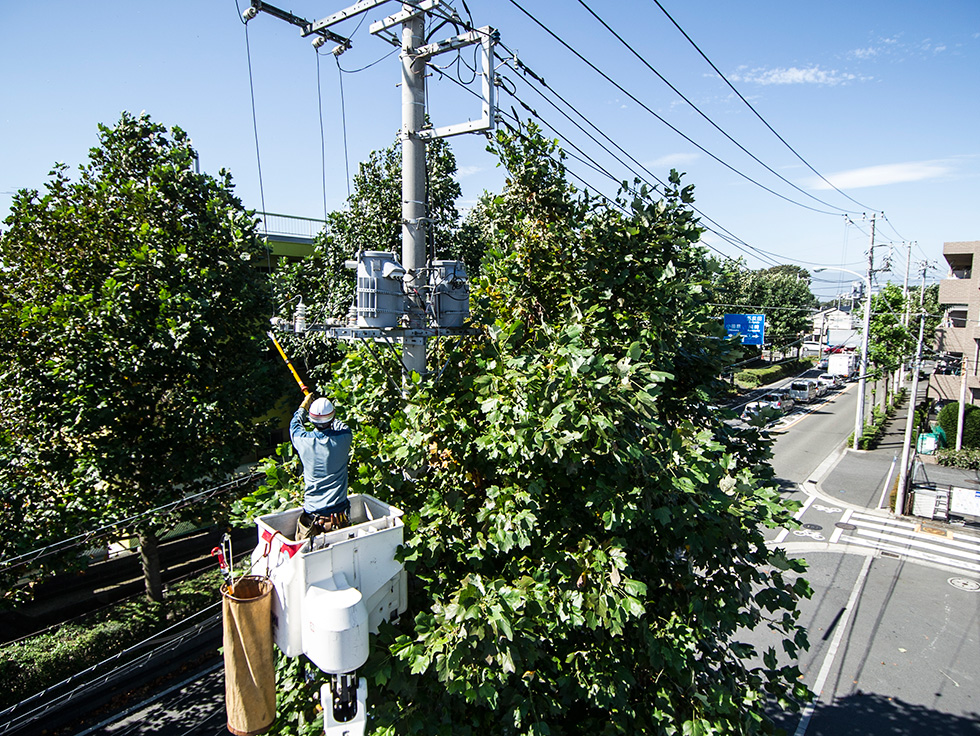
Use of 22,000-V Distribution Lines in the Center of Tokyo
As the high density of electricity demand in urban areas becomes even more concentrated together with the development of the advanced information-oriented society, there is a strong growing need for the high-quality high-reliability supply of electricity.
For buildings in urban centers (contract power of 500 kW or more) and customers living in large condominium/apartment buildings, the TEPCO Group is implementing a "22,000-V distribution system (22,000-V spot network distribution system and 22,000-V mainline/spare line system)", which enables highly reliable supply of electricity and has positive benefits in comparison with 6,600-V distribution such as the ability to ensure greater supply power and concentration of equipment.
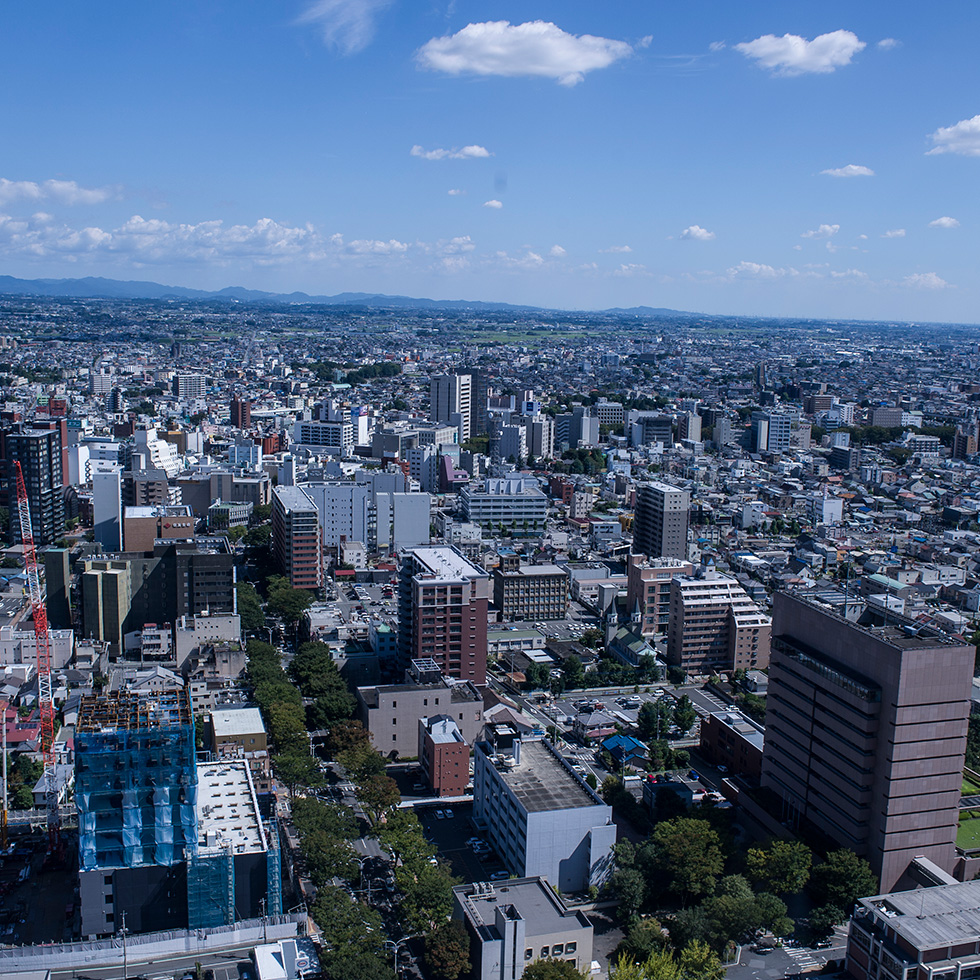
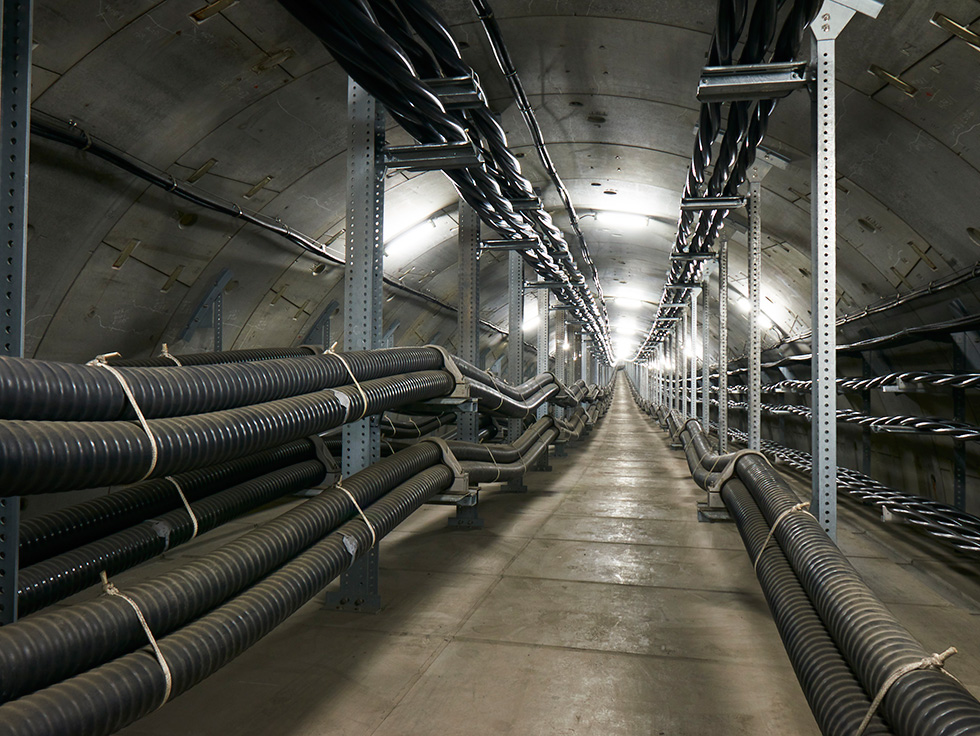
Progress in Conversion to Underground Distribution
The conversion to the use of underground power lines is being implemented based on the plans for underground conversion*1 as stipulated by the "Promotion/Study Committee on the Removal of Electricity Poles"*2 .
The placing of distribution lines underground contributes to creating a pleasant living environment and to forming dynamic urban areas as promoted by the national and local governments. To that end, it has wide-ranging effects such as the creation of main roads with wide sidewalks, ensuring safe and comfortable spaces for pedestrian traffic, formation of attractive scenery and living environments, prevention of accidents, preservation of historic townscapes, promotion of tourism, and local revitalization.
In order to realize these regions with underground distribution lines, TEPCO has been performing flexible equipment upgrades, such as installing transformers to street lamps, and converting our power lines to underground types.
In the future, we would like to form a three-way partnership with road management personnel and local customers in order to bury distribution lines underground as a form of social infrastructure improvement.
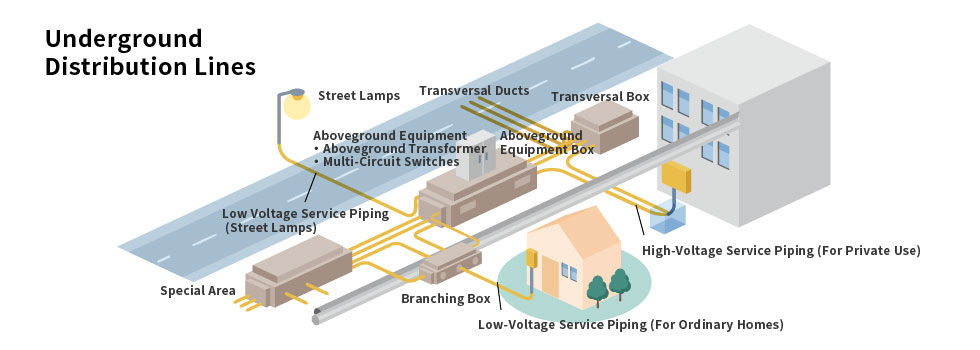
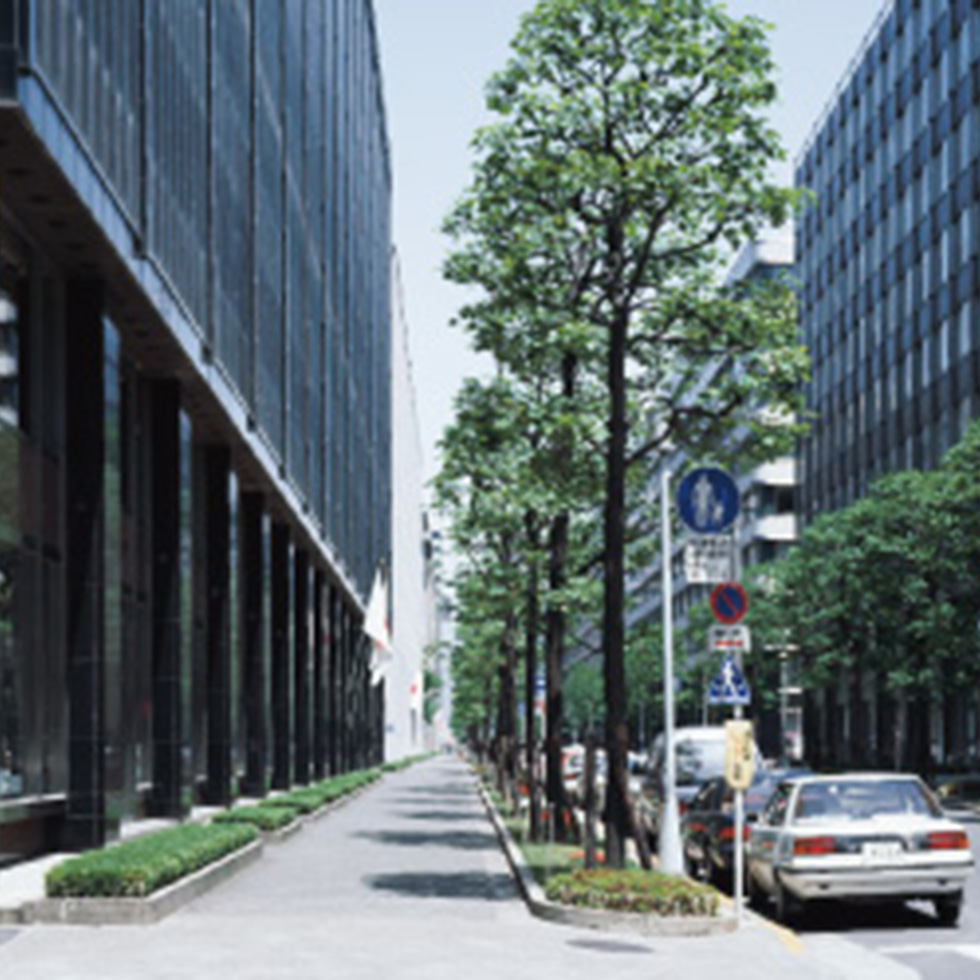
Cityscape after conversion to underground distribution lines
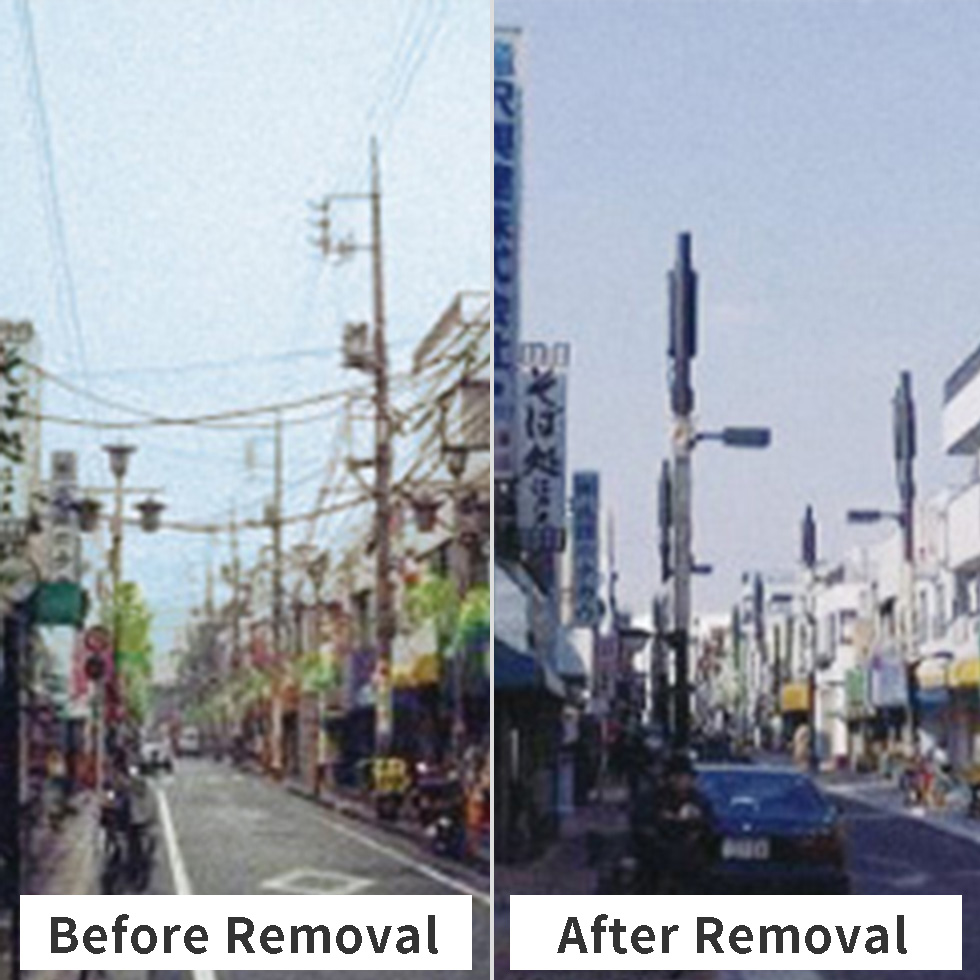
Example of power lines buried underground on a narrow road where supply equipment (transformers) is installed to the street lamps
- *1:
The plans for underground conversion have consisted of "Plan for Underground Conversion of Power Lines", which covered three terms from FY 1986 to FY 1998, followed by the "New Plan for Underground Conversion of Power Lines" from FY 1999 to FY 2003, and then the "Plan for the Removal of Utility Poles" from FY 2004 to FY 2008. Based on these plans, approximately 7,700 km of lines all across Japan were placed underground over 23 years by the end of FY 2008 (with TEPCO responsible for approximately 3,500 km).
Currently, we are consulting with related personnel regarding items such as locations for conversion as based on the new "Guidelines for the Removal of Utility Poles" established in FY 2009. - *2:
Created by personnel from various ministries such as the Ministry of Land, Infrastructure, Transport and Tourism, the National Police Agency, the Ministry of Economy, Trade, and Industry, and the Ministry of Internal Affairs and Communications, together with power line management personnel such as persons from electric utilities and telecommunications companies.
- *3:
"Center of Tokyo" refers to parts of the Chuo, Chiyoda and Minato Wards of Tokyo.









